When you watch a sparrow hop along your backyard fence or observe an eagle soaring through the sky, you’re witnessing living dinosaurs in action. This isn’t poetic language or scientific hyperbole—it’s a remarkable evolutionary truth supported by decades of fossil discoveries. The transition from dinosaurs to birds represents one of the most fascinating evolutionary stories in Earth’s history, allowing us to witness evolution in action through the fossil record. Scientists now have overwhelming evidence showing that birds didn’t just evolve from dinosaurs; they are, in fact, a surviving lineage of feathered dinosaurs that managed to survive the mass extinction event that wiped out their larger relatives 66 million years ago. The fossils that demonstrate this connection tell a story of incremental changes over millions of years, revealing how the fearsome predators of the Mesozoic era gradually transformed into the diverse avian species that fill our skies today.
Archaeopteryx: The First Missing Link
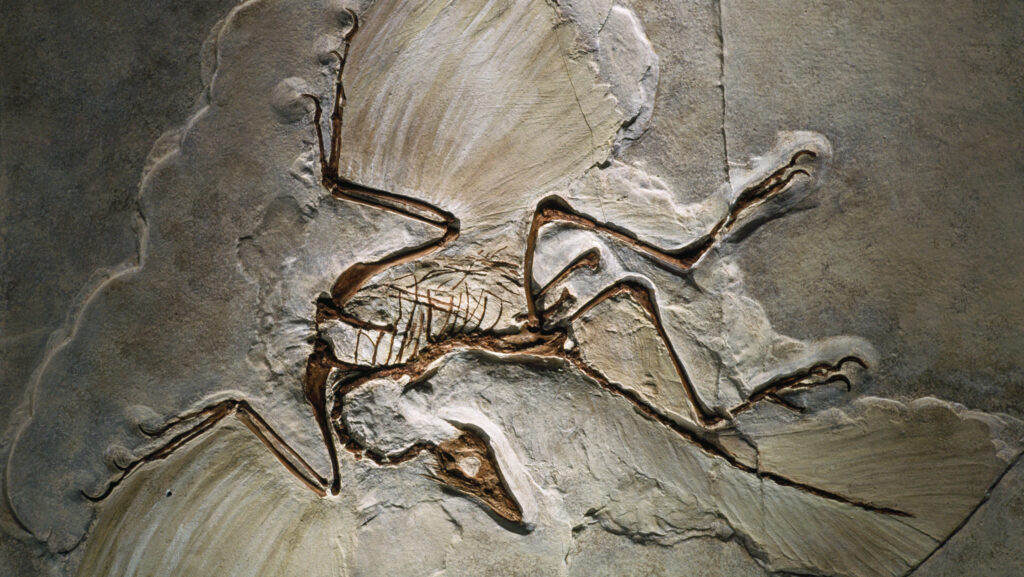
The discovery of Archaeopteryx in 1861 in southern Germany’s Solnhofen limestone represents one of paleontology’s most significant breakthroughs. This 150-million-year-old fossil caused an immediate scientific sensation because it displayed an unprecedented combination of features—feathered wings and a long, bony tail, teeth instead of a beak, and clawed fingers on its wings. Measuring about the size of a modern raven, Archaeopteryx possessed the feathers and wishbone of a bird while retaining numerous dinosaurian features like a jaw with teeth, a long bony tail, and three-fingered hands with claws. This remarkable transitional fossil was discovered just two years after Darwin published “On the Origin of Species,” providing powerful early evidence for his theory of evolution. Though once considered the earliest bird, modern analysis now places Archaeopteryx as a dinosaur very close to the bird lineage, demonstrating how classification boundaries blur at evolutionary transition points.
Feathered Dinosaurs of the Yixian Formation
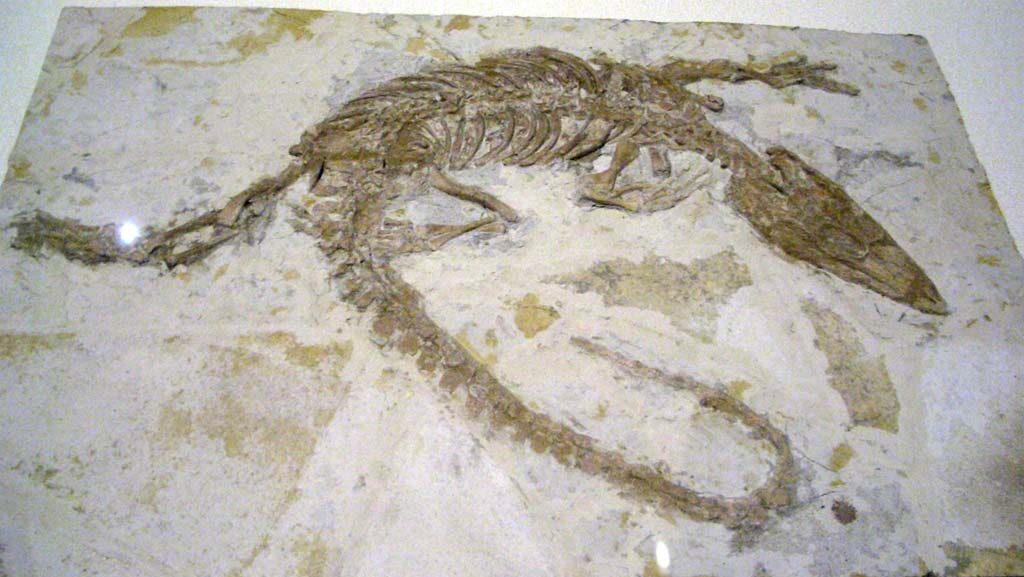
China’s Liaoning Province has yielded perhaps the most spectacular evidence of the dinosaur-bird connection through the Yixian Formation, a fossil bed dating to approximately 120-130 million years ago. This extraordinary geological formation has preserved thousands of specimens with remarkable detail, including soft tissues like feathers, due to the fine volcanic ash that rapidly buried organisms after death. Dinosaurs like Sinosauropteryx, the first non-avian dinosaur confirmed to have feathers, shocked the scientific community when discovered in 1996 with its covering of primitive feather-like structures. Other discoveries include Microraptor, a small dinosaur with four feathered wings that likely glided between trees, and Anchiornis, which had feathers on its arms, legs, and tail, creating a four-winged appearance similar to early bird ancestors. These fossils from the Yixian Formation have been so well-preserved that scientists can even determine the original coloration patterns of some dinosaurs, revealing that many were as vividly colored as modern birds.
Velociraptor: Not As Seen in the Movies
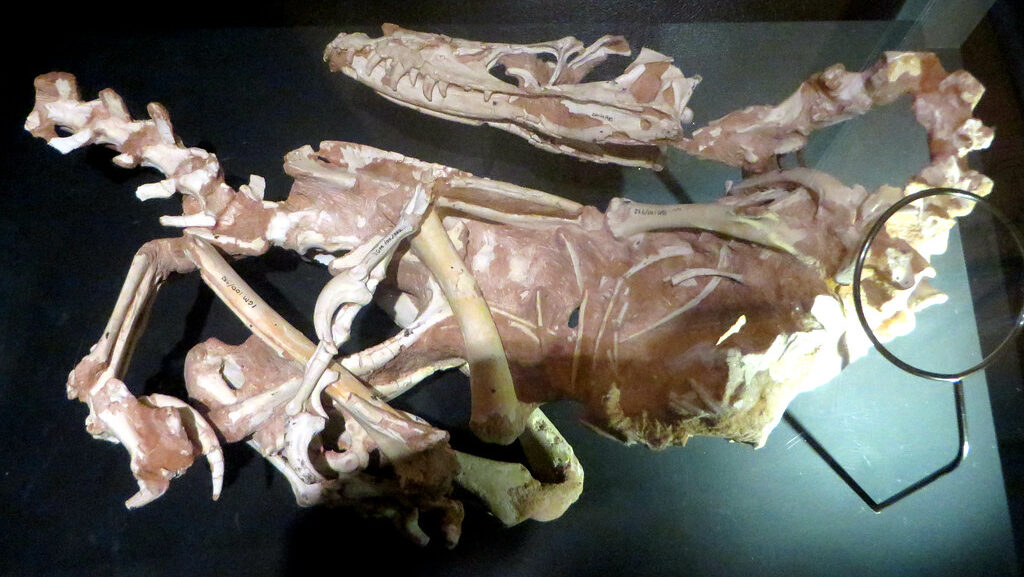
Popular culture has made Velociraptor one of the most recognizable dinosaurs, but the scientific reality differs dramatically from its Hollywood portrayal. Far from the scales-only representation seen in films, fossil evidence shows that Velociraptor was covered in feathers, with quill knobs (attachment points for feathers) preserved on its forearm bones. These turkey-sized predators belonged to the dromaeosaurid family, a group of small to medium-sized feathered carnivorous dinosaurs that share numerous anatomical features with modern birds. The discovery of feathered Velociraptors fundamentally changed our understanding of these animals, transforming them from the scaly reptiles of imagination to feathered predators that would have appeared much more bird-like than previously thought. Interestingly, these feathers weren’t used for flight but likely served other purposes such as display, insulation, and possibly helping to stabilize these agile predators during high-speed pursuits of prey.
The Wishbone Connection
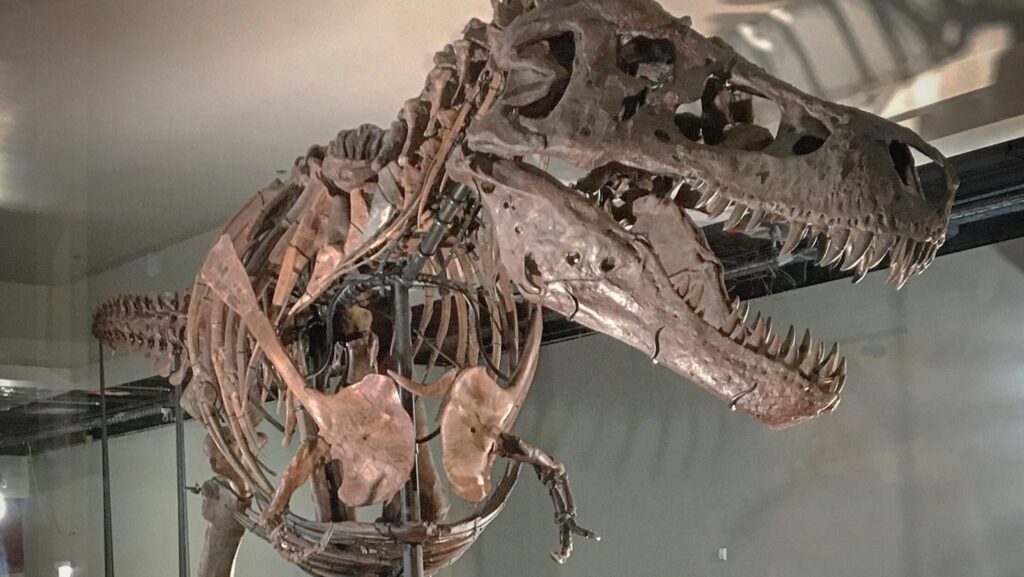
The furcula, commonly known as the wishbone, has long been considered a distinctive feature of birds, but this Y-shaped bone is actually a dinosaurian innovation that predates the origin of flight. This specialized bone is formed by the fusion of the two clavicles (collar bones) and serves as an important structural element supporting the shoulders during the flight stroke in modern birds. Paleontologists have discovered furculae in numerous theropod dinosaurs, including Allosaurus, Velociraptor, and Tyrannosaurus rex, demonstrating that this supposedly “bird-specific” feature evolved in dinosaurs long before the first birds took to the air. The wishbone’s presence across many theropod lineages provides compelling evidence of the evolutionary continuity between dinosaurs and birds. In more bird-like dinosaurs, the wishbone became increasingly similar to those of modern birds, showing a gradual transformation as these animals evolved more flight-adapted body plans.
Egg-laying and Nesting Behaviors
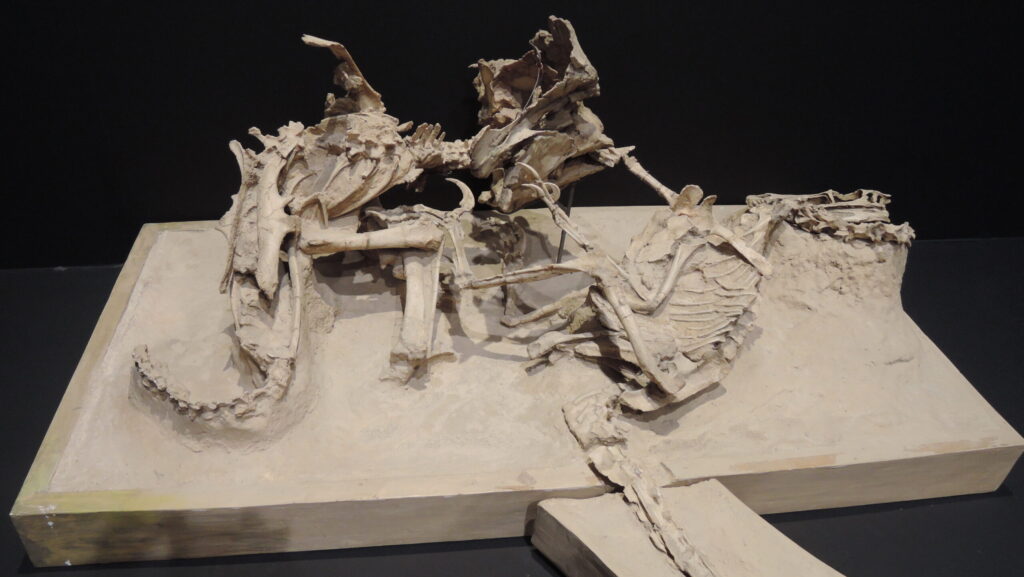
The reproductive biology of birds and dinosaurs provides another compelling line of evidence for their evolutionary relationship. Birds lay eggs with a distinctive asymmetrical shape and a hard calcium carbonate shell, traits shared with their dinosaurian ancestors. Fossil nests discovered in Mongolia’s Gobi Desert reveal that theropod dinosaurs like Oviraptor and Citipati brooded their eggs in bird-like fashion, sitting directly atop nests with their limbs spread to cover the eggs. Some specimens were preserved so suddenly that they were fossilized in this brooding position, creating a poignant snapshot of parental care 80 million years ago. Further evidence comes from dinosaur eggs preserving embryos in advanced developmental stages, showing that dinosaurs, like modern birds but unlike most reptiles, likely had rapid incubation periods. These similarities in reproductive strategies and parental behavior provide powerful evidence that many aspects of avian reproduction evolved first in non-avian dinosaurs.
Breathing Like a Bird: Air Sac Systems
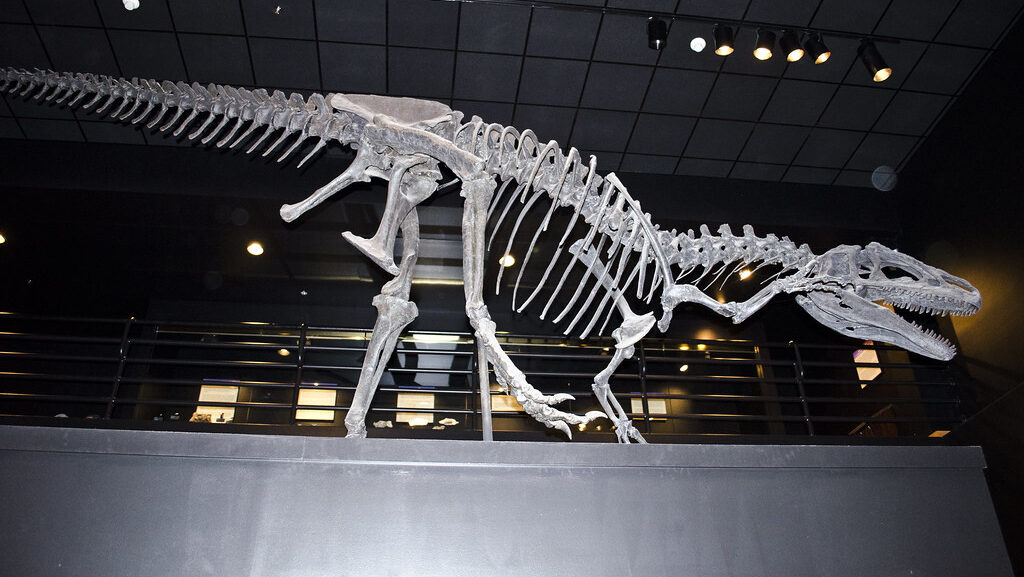
One of the most sophisticated physiological adaptations in birds is their unique respiratory system, which includes air sacs that extend into hollow bones and ensure a continuous, one-way flow of oxygen-rich air through their lungs. This highly efficient breathing mechanism enables birds to maintain the high metabolic rates necessary for powered flight, even at high altitudes where oxygen is scarce. Remarkably, paleontologists have discovered evidence of similar respiratory systems in non-avian theropod dinosaurs through the presence of pneumatic foramina—small holes in the bones where air sacs once connected. These openings, found in the vertebrae and other bones of dinosaurs like Allosaurus and Tyrannosaurus, indicate that the avian respiratory system began evolving long before the first birds appeared. The gradual development of this specialized breathing apparatus in theropod dinosaurs likely contributed to their active lifestyles and potentially higher metabolic rates compared to other reptiles, preadapting the lineage that would eventually give rise to birds for the energy demands of flight.
Growth Patterns and Metabolism
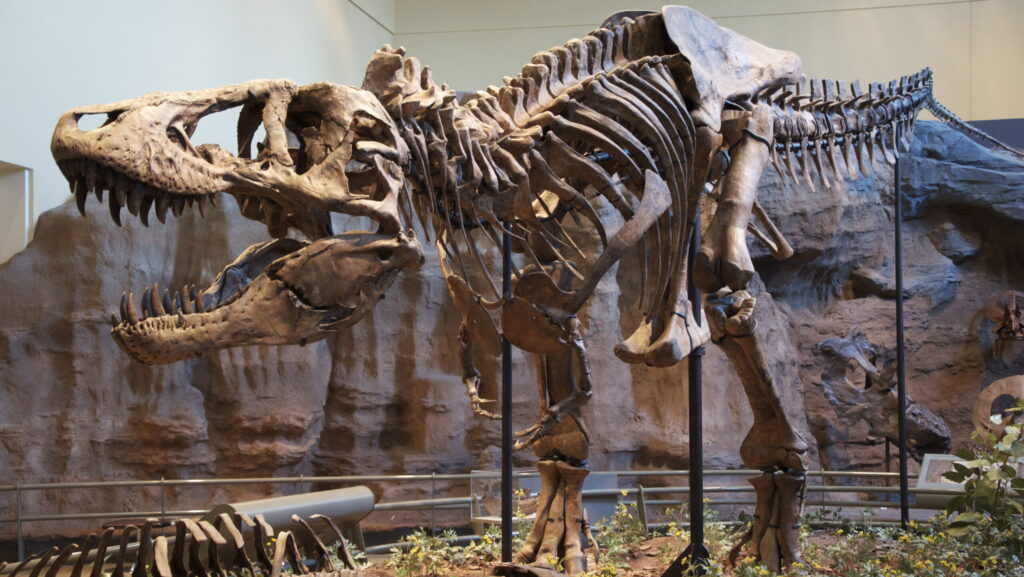
Modern birds grow remarkably quickly compared to reptiles, reaching adult size in weeks or months rather than years. This rapid growth is supported by an elevated metabolism and specialized bone structure featuring lines of arrested growth (LAGs) that differ from typical reptilian patterns. When scientists examine dinosaur bones under microscopes, they discover growth patterns more similar to birds than to typical reptiles, particularly in the theropod lineages closest to birds. Studies of bone microstructure in dinosaurs like Tyrannosaurus and Allosaurus reveal that they grew rapidly during their early years, suggesting they had elevated metabolic rates more like birds than like crocodiles or lizards. Additionally, evidence from oxygen isotope analyses of dinosaur bones indicates that many maintained body temperatures warmer than their environment, further supporting the idea that the high metabolism characteristic of birds had its origins in their dinosaurian ancestors. This physiological connection provides yet another line of evidence linking dinosaurs directly to modern birds.
Brain Evolution and Intelligence
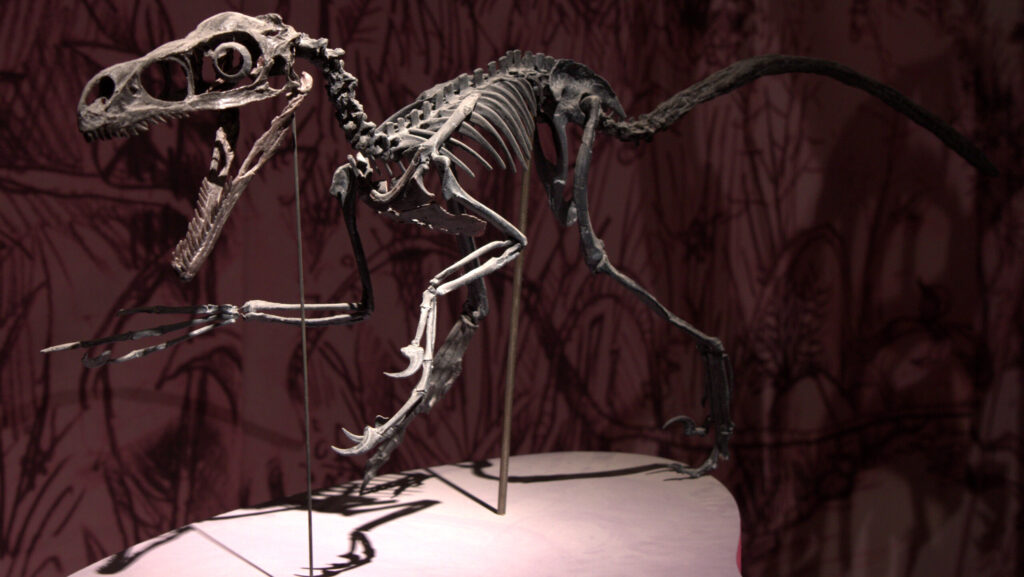
Modern birds possess relatively large brains for their body size, with well-developed regions dedicated to vision, coordination, and complex behaviors. Through the study of endocasts—natural or artificial casts of brain cavities in fossils—scientists have traced the evolution of increased brain size and complexity from early dinosaurs to birds. Theropod dinosaurs show a trend of increasing encephalization (larger brain-to-body ratio) as they evolved closer to birds, with features like expanded cerebral hemispheres and cerebellums appearing in more bird-like dinosaurs. Particularly notable are the enlarged optical lobes found in many theropods, suggesting that, like modern birds, they relied heavily on vision. The brains of small, feathered dinosaurs like Bambiraptor and Troodon were remarkably large for their body size, approaching the proportions seen in modern birds and suggesting cognitive abilities far beyond those of typical reptiles. This neurological evidence further strengthens the dinosaur-bird connection by demonstrating a continuous evolutionary trend toward the avian brain structure.
Walking on Two Legs: Bipedal Movement
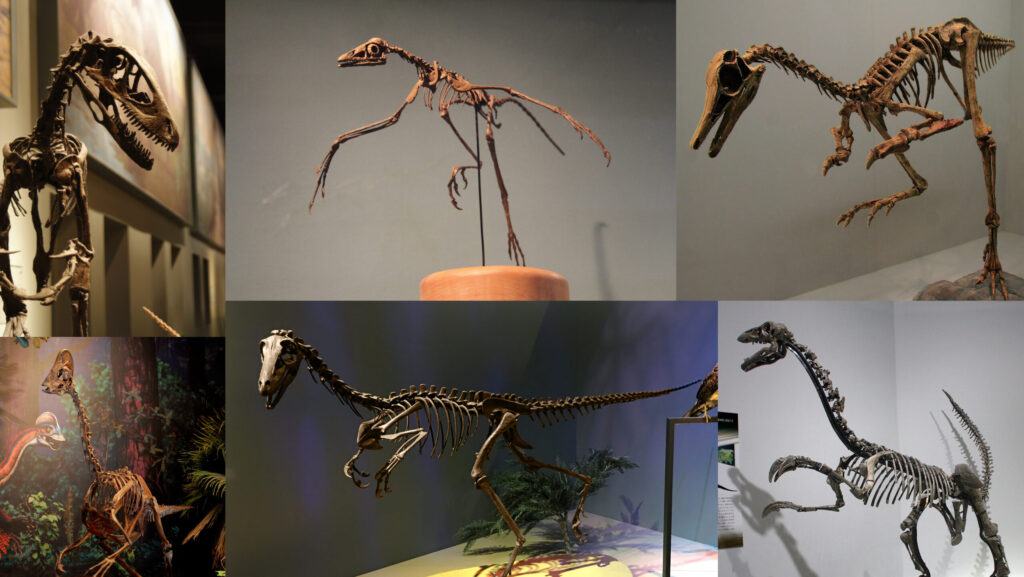
Birds’ distinctive bipedal stance, walking exclusively on their hind limbs with a digitigrade posture (standing on their toes), directly inherited this locomotion style from their dinosaurian ancestors. Theropod dinosaurs, the group that includes Velociraptor, Tyrannosaurus, and the ancestors of birds, were exclusively bipedal with a characteristic posture that persists in modern birds. Both groups share a specialized hip structure that allows the femur (thigh bone) to move in a horizontal plane rather than vertically, distinguishing them from other bipedal animals. Fossil trackways provide direct evidence of how dinosaurs moved, with many theropod tracks showing the same toe arrangement and walking pattern seen in modern birds. Even the distinctive alternating head-bobbing motion that birds exhibit while walking has been suggested to have origins in theropod locomotion, based on the mechanics of their spine and neck anatomy. These shared locomotor characteristics provide yet another physical link in the evolutionary chain connecting dinosaurs to birds.
Miniaturization: The Path to Flight
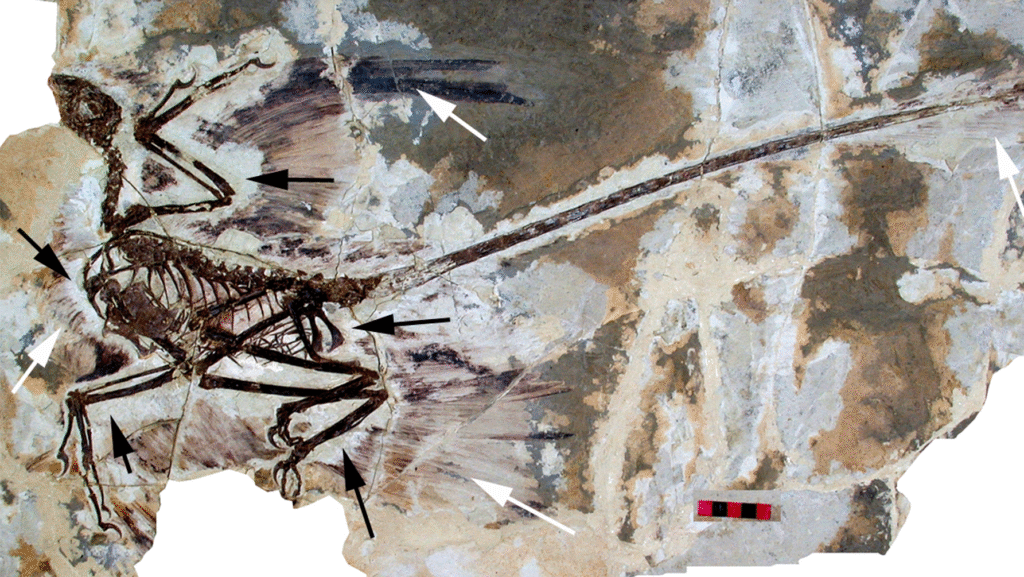
One of the most crucial evolutionary trends in the dinosaur-to-bird transition was dramatic size reduction. While many people imagine dinosaurs as universally massive creatures, the theropod lineage that led to birds underwent significant miniaturization over millions of years. Fossil evidence shows a clear pattern of size reduction in the maniraptoran dinosaurs most closely related to birds, with many species shrinking to weights of just a few kilograms. This miniaturization process was accompanied by other changes conducive to aerial lifestyles, including lighter bones, reduced tails, and proportionally larger forelimbs. The tiny tyrannosauroid Dilong, the four-winged Microraptor, and the chicken-sized Mahakala all demonstrate this trend toward smaller body sizes in the dinosaur lineages approaching birds. Paleontologists believe this reduction in size was crucial for the evolution of flight, as smaller animals require less power to become airborne and can more effectively use proto-wings for gliding or powered flight. The evolutionary pathway from large terrestrial predators to small, flight-capable birds is clearly documented in the fossil record through this pattern of progressive miniaturization.
The Gradual Evolution of Flight
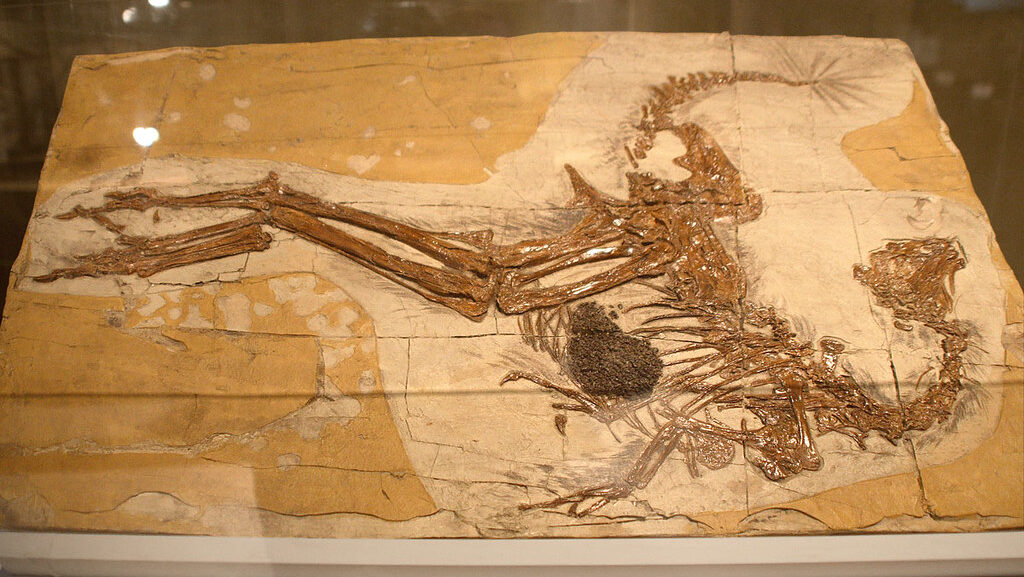
Flight didn’t appear suddenly in the dinosaur-bird transition but evolved through a series of intermediate stages clearly preserved in the fossil record. Early feathered dinosaurs like Caudipteryx had short, symmetrical feathers unsuitable for flight but possibly used for display or insulation. Later forms like the four-winged Microraptor show an intermediate stage where feathered limbs might have been used for gliding between trees in a forest environment. Yi qi, a strange dinosaur with bat-like membrane wings supported by an elongated wrist bone, represents an evolutionary experiment with a different form of aerial locomotion within dinosaurs. The early bird Confuciusornis had modern-looking flight feathers and a keeled sternum for anchoring flight muscles but retained primitive features like clawed fingers and a bony tail. This progression of fossils allows scientists to reconstruct how dinosaurs gradually acquired the anatomical adaptations necessary for powered flight through a series of evolutionary stages, rather than in one dramatic leap. The diverse array of flight-related adaptations found in various dinosaur species suggests that the evolution of flight involved numerous experimental phases before the modern avian flight apparatus was fully realized.
Modern Consensus: Birds as Living Dinosaurs

The scientific consensus regarding birds as living dinosaurs is now overwhelming, supported by multiple independent lines of evidence from comparative anatomy, the fossil record, embryology, and molecular biology. In modern biological classification, birds (Aves) are formally recognized as a group nested within theropod dinosaurs, making them no less dinosaurian than Tyrannosaurus or Velociraptor from a taxonomic perspective. This reclassification represents a significant shift in scientific understanding, acknowledging that dinosaurs never truly went extinct—one highly specialized lineage survives today as the approximately 10,000 species of modern birds. Molecular evidence further supports this relationship, with protein and DNA analyses confirming the close evolutionary relationship between birds and other reptiles, particularly crocodilians, which are dinosaurs’ closest living relatives after birds themselves. The dinosaur-bird connection has become one of the most thoroughly documented evolutionary transitions in the fossil record, providing compelling evidence for the gradual transformation of one group of organisms into another over geological time. This scientific consensus reminds us that when we watch birds at our feeders or in the wild, we’re observing the last living representatives of a dinosaur lineage that has dominated terrestrial ecosystems for over 230 million years.
Conclusion: Dinosaurs Among Us
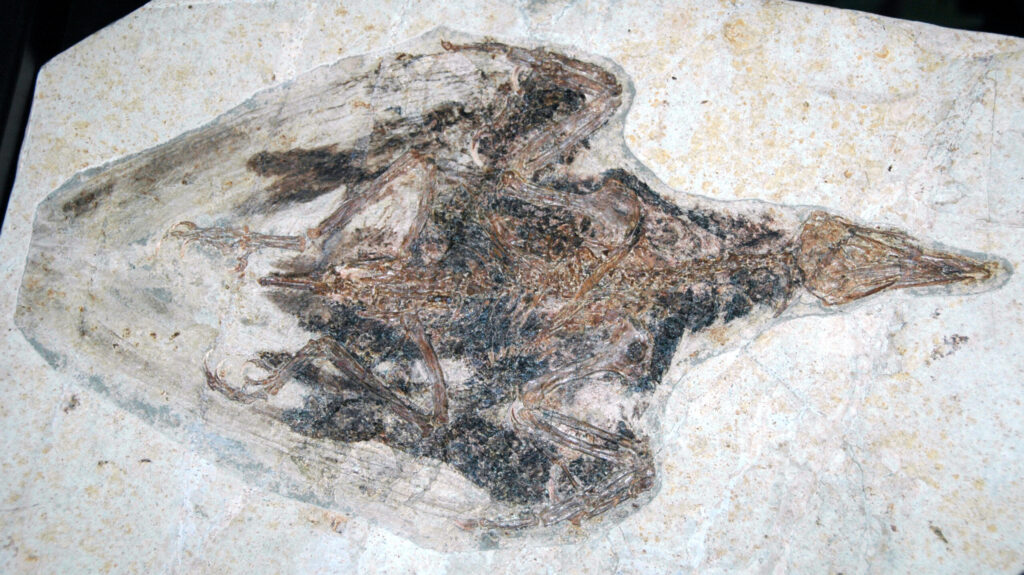
The wealth of fossil evidence demonstrating the evolutionary connection between dinosaurs and birds represents one of paleontology’s greatest success stories. From Archaeopteryx to the feathered dinosaurs of China, from shared skeletal features to similar growth patterns and behaviors, the fossil record provides an exceptionally clear picture of this remarkable evolutionary transition. What makes this scientific narrative particularly powerful is that unlike many extinct animal groups, dinosaurs have living descendants that we can observe every day. The 10,000+ species of birds that inhabit our planet are not just related to dinosaurs—they are dinosaurs, specifically avian dinosaurs, that have continued to evolve and diversify since the Mesozoic era. This realization transforms our understanding of both groups: dinosaurs were not evolutionary failures but incredibly successful animals whose legacy continues in the form of birds, while birds are not merely inspired by dinosaurs but are their direct descendants, carrying dinosaurian DNA in every cell. The next time you observe a hummingbird hovering at a feeder, a falcon diving at incredible speeds, or even a chicken scratching in a barnyard, remember you’re witnessing the latest chapter in an evolutionary story that began more than 230 million years ago—living dinosaurs continuing to thrive in a world they never really left.
